Official: this is the new 750kg Donkervoort F22 supercar
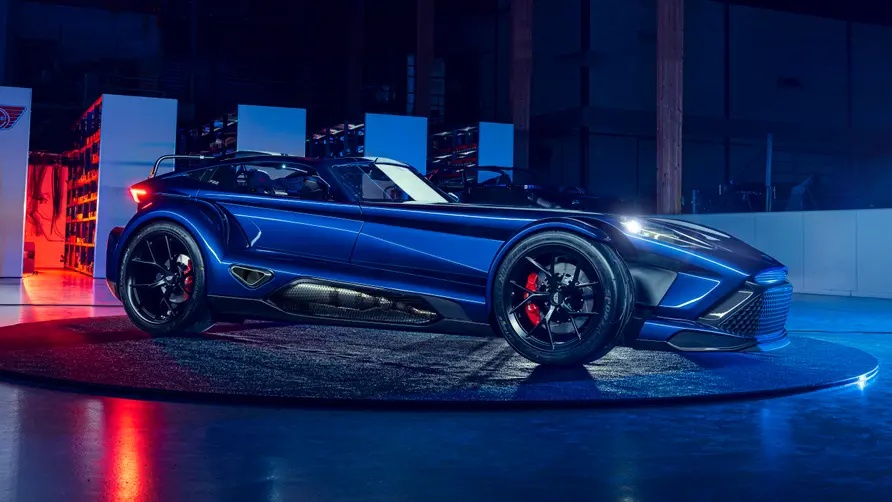
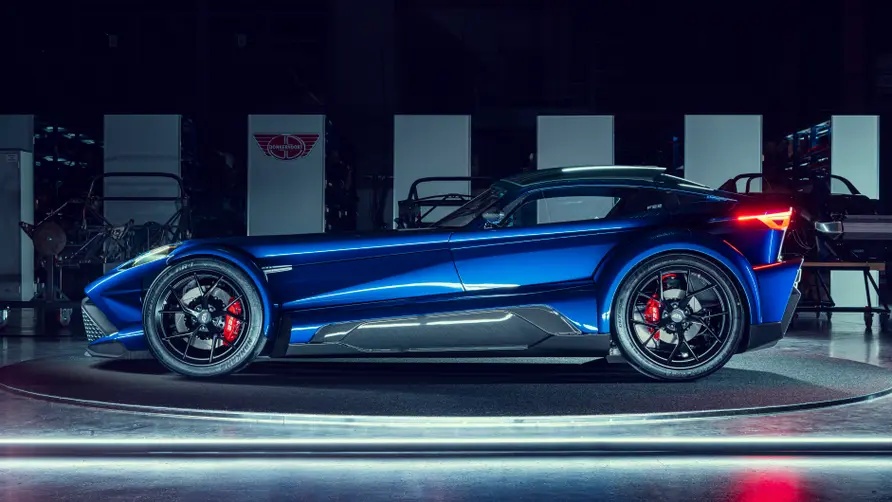
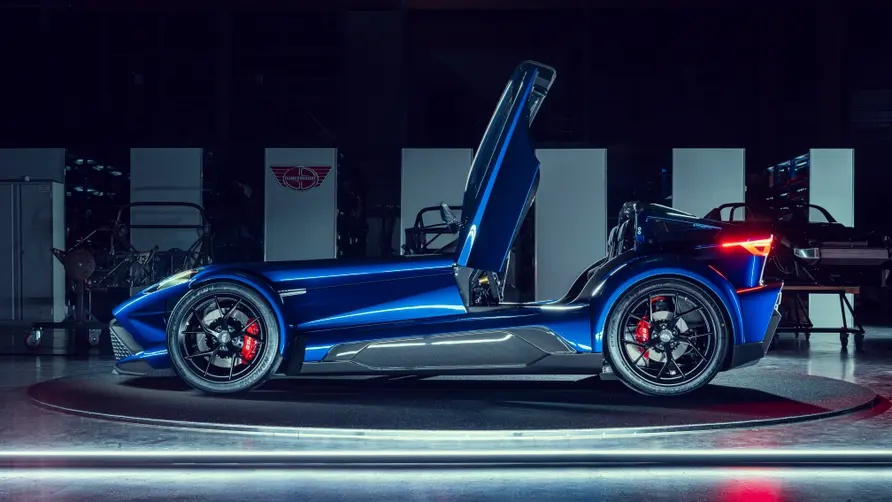
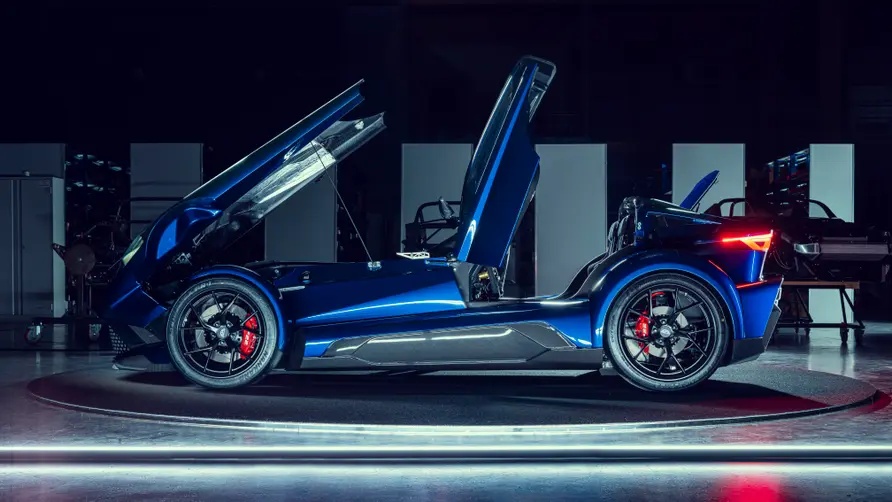
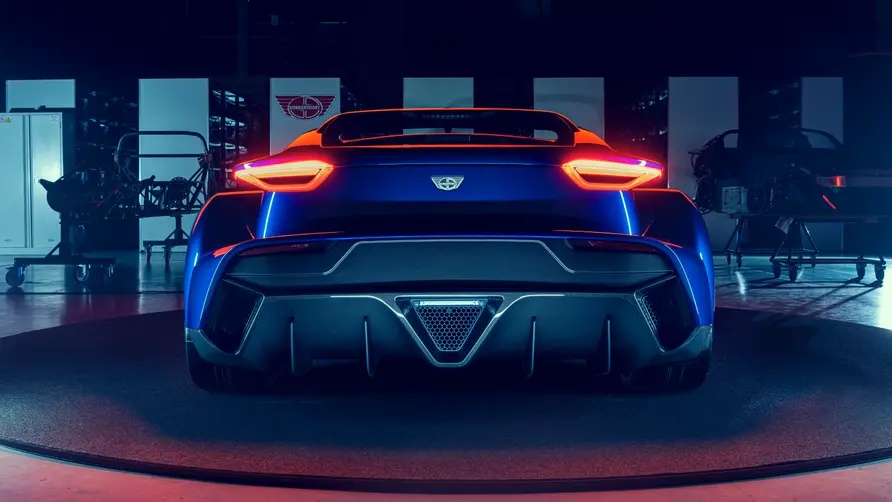
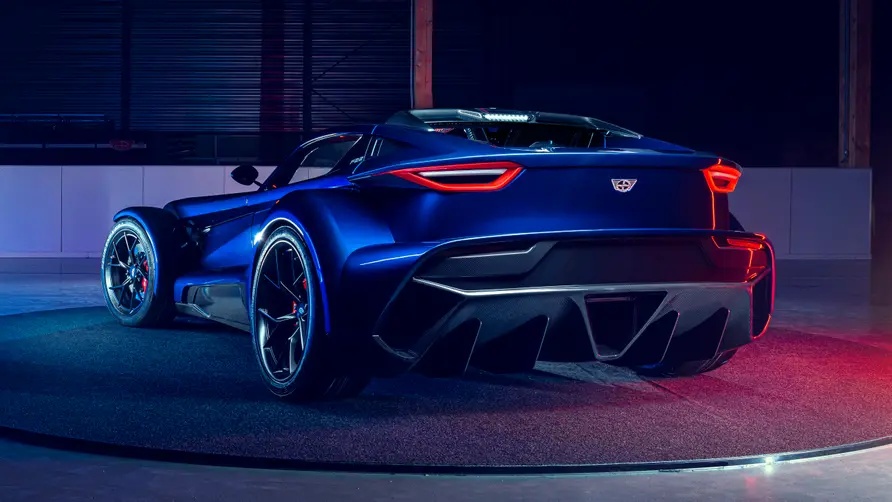
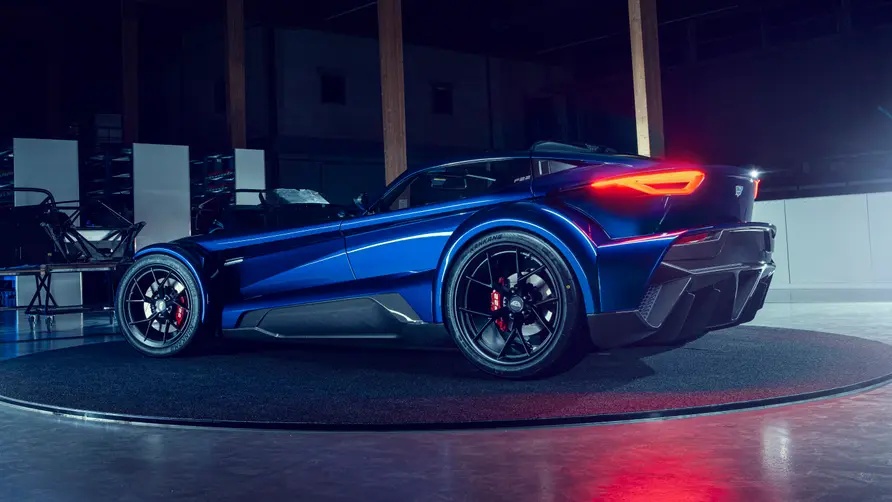
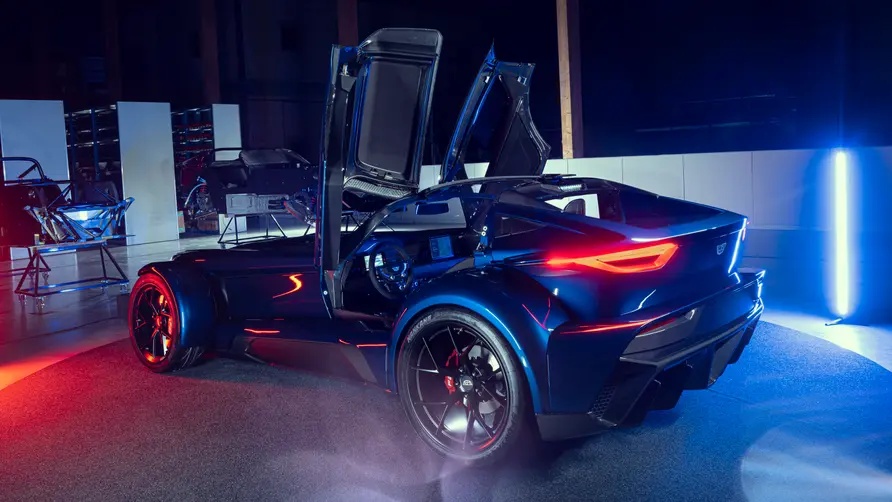
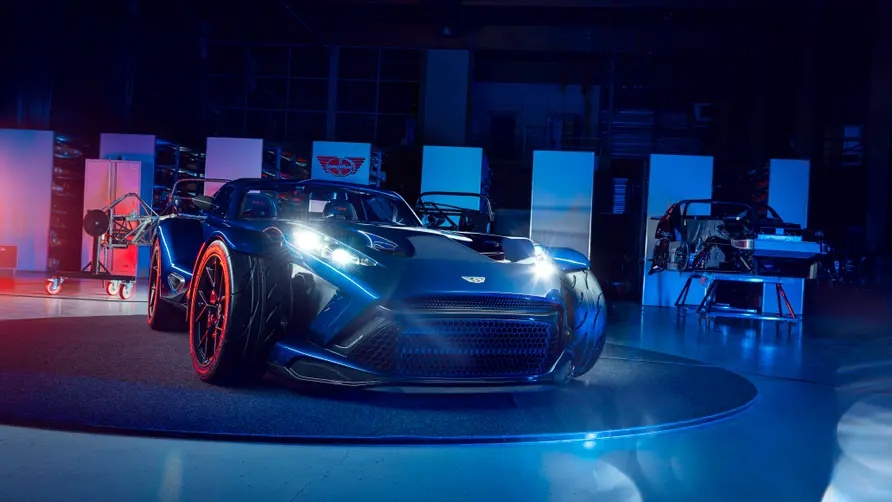
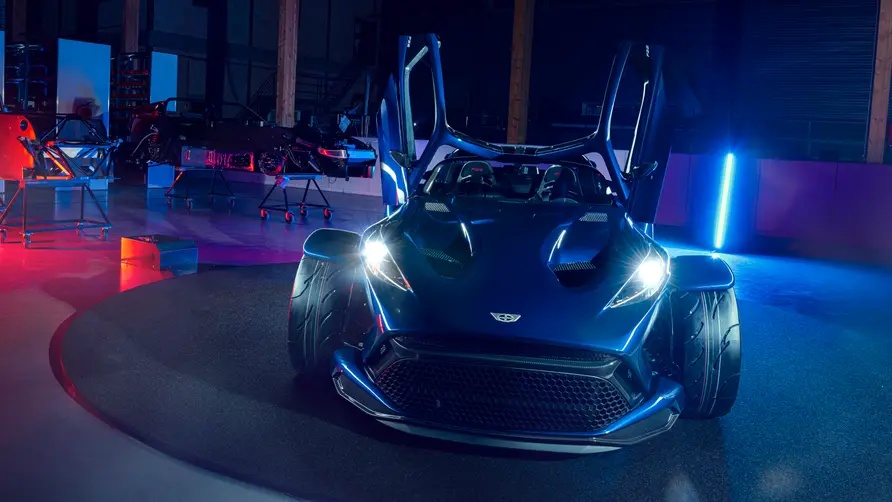
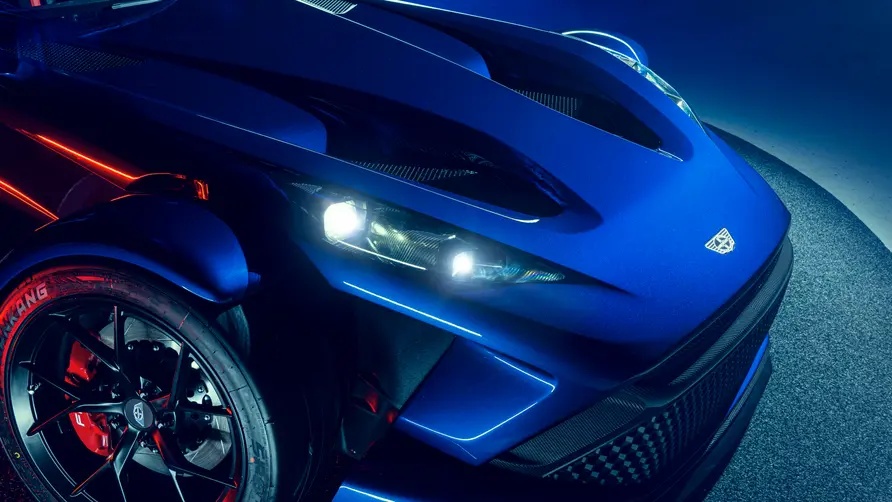
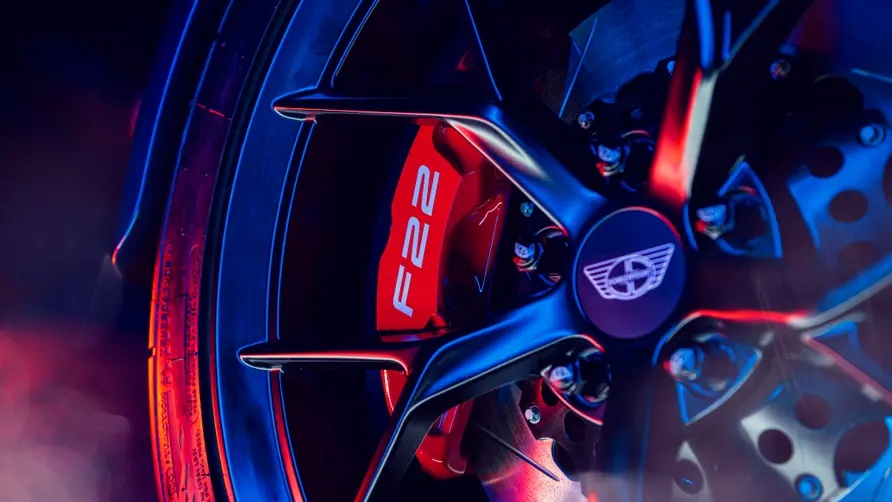
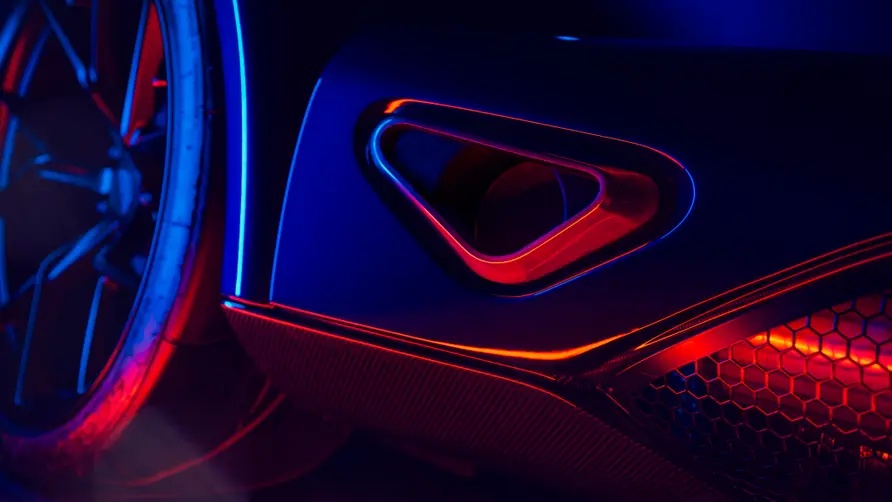
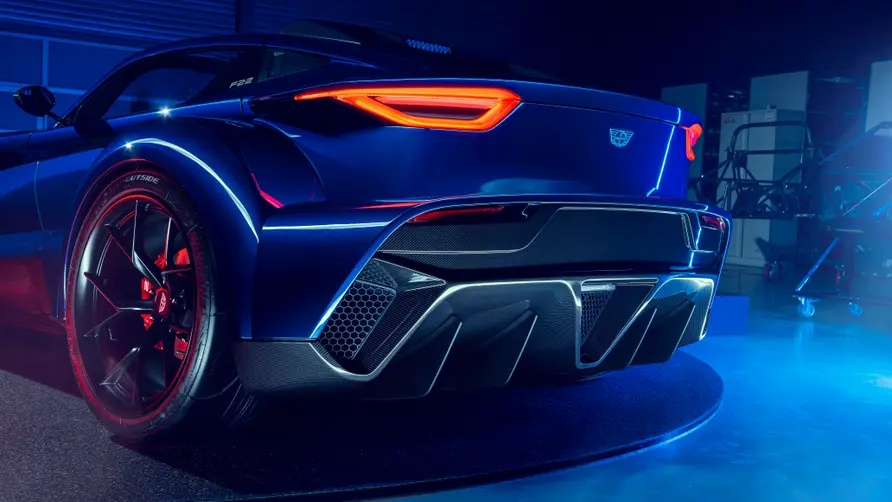
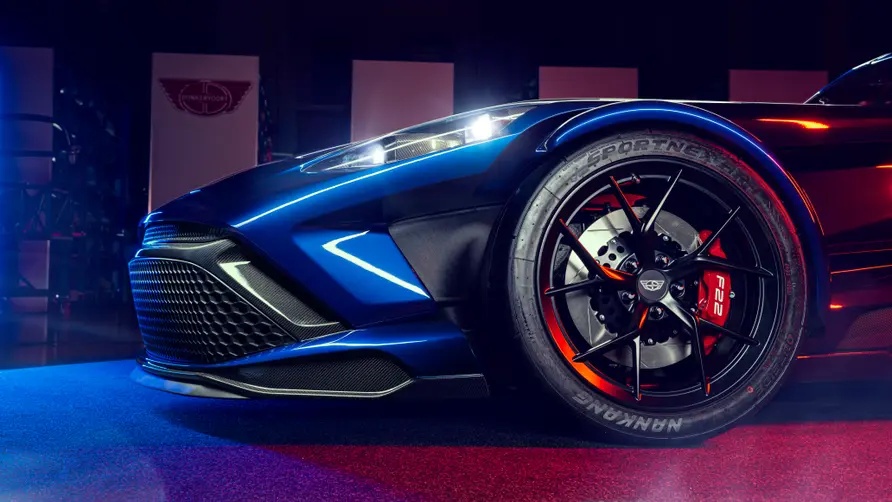
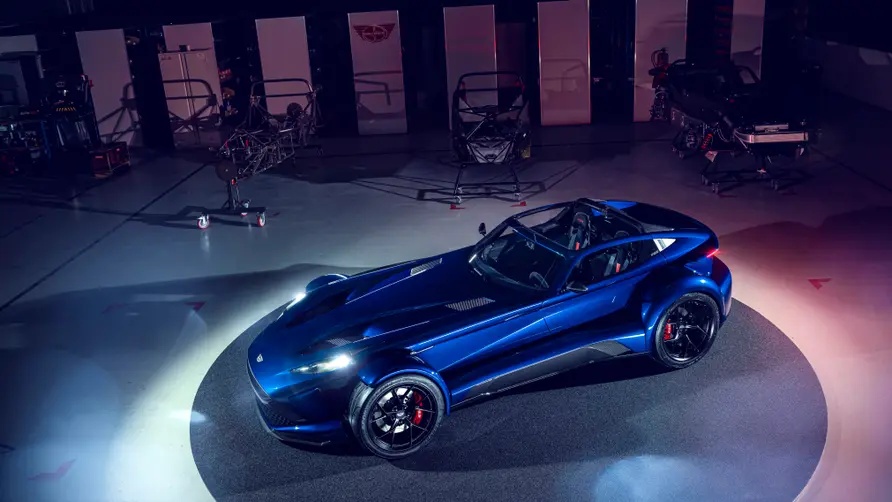
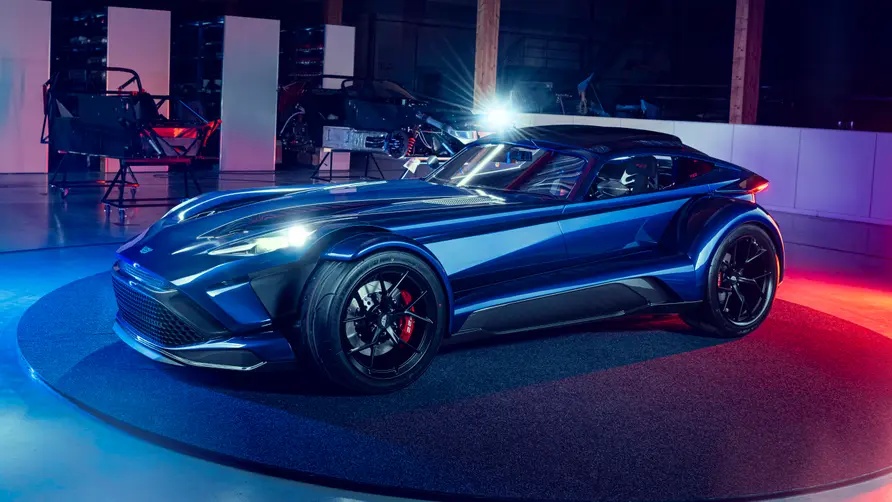
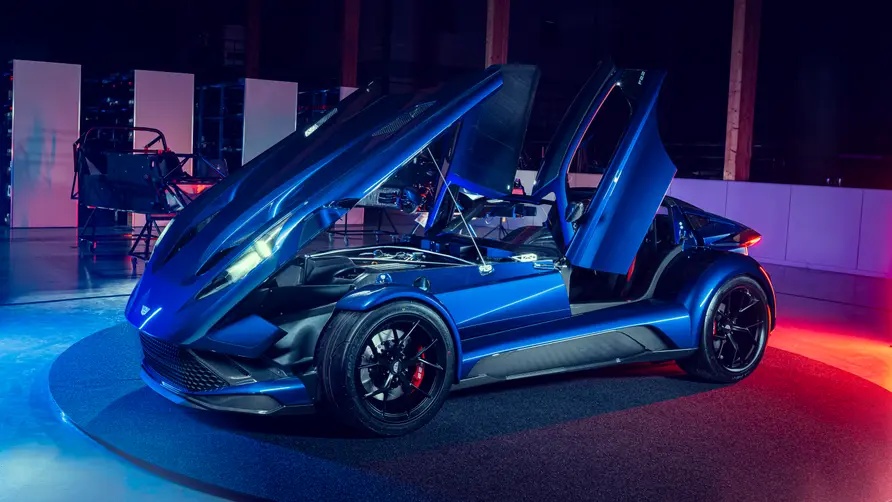
Official: this is the new 750kg Donkervoort F22 supercar
“The key to everything we do is weight,” explains new Donkervoort boss Denis Donkervoort. “The less weight you carry, the less weight you have to stop, turn and accelerate, and the less fuel you use and the more intimate the car can be.”
Mercifully, we haven’t had to wait that long for the fruit of this philosophy. A year after taking over from his father, Donkervoort Jr has delivered his opus to lightweighting: the new-from-the-ground-up, 750kg Donkervoort F22 supercar.
It takes not just a page from Gordon Murray’s philosophy then, but the whole book. Donkervoort has always proudly and deliberately treaded lighter than others in the supercar game, and the first all-new Donkervoort for a generation is no different. And it really is new. There’s not a single nut or bolt carried over from its predecessor.
At the car’s heart sits a tubular steel and carbon-fibre hybrid chassis, that’s not only exceptionally lightweight, but boasts 100 per cent more torsional rigidity over the car it succeeds, the similarly insectile D8 GTO. Such low weight allows Donkervoort to claim a “quantum leap” in handling and suspension accuracy. And g-force, claimed at 2.15g versus the old one's pedestrian... 2g.
Indeed, “the F22 is not all about horsepower or speed,” Donkervoort said. “It’s personal, and it’s about what driving means to its drivers because perspective is everything.” That said, it does feature quite a bit of power that offers a very unique perspective as to just how much speed this supercar can achieve.
It’s a good ‘un, too: Audi Sport’s venerable and hugely respected five-cylinder 2.5-litre turbo. Donkervoort has tuned it for even more power, torque and low-end driveability, apparently, so the thing pumps out 500bhp. “In a machine weighing 750kg,” Donkervoort handily reminds us. Yeah, you do the maths.
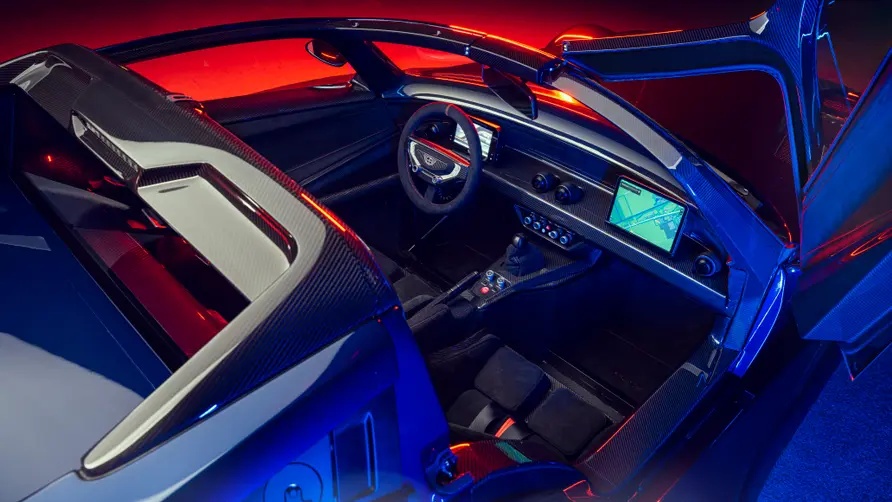
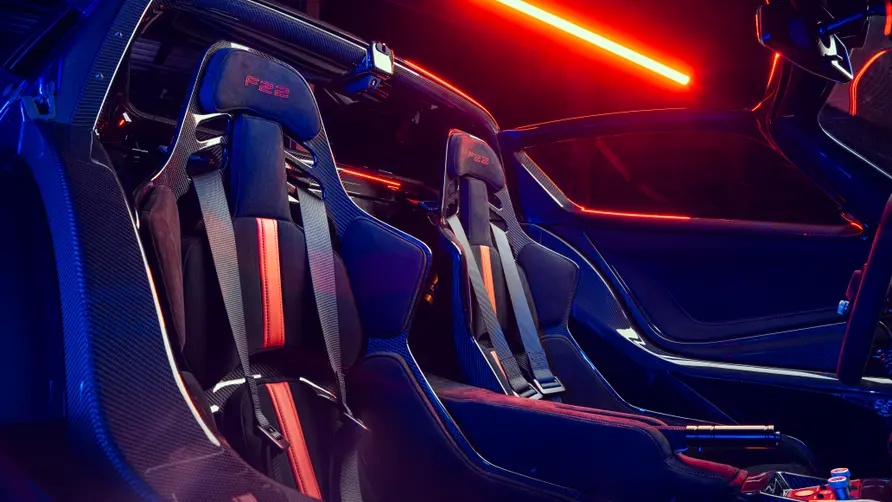
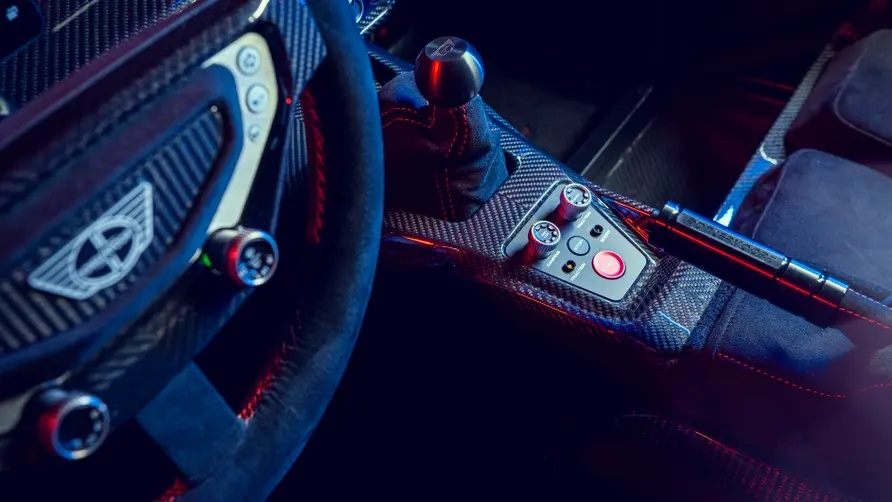
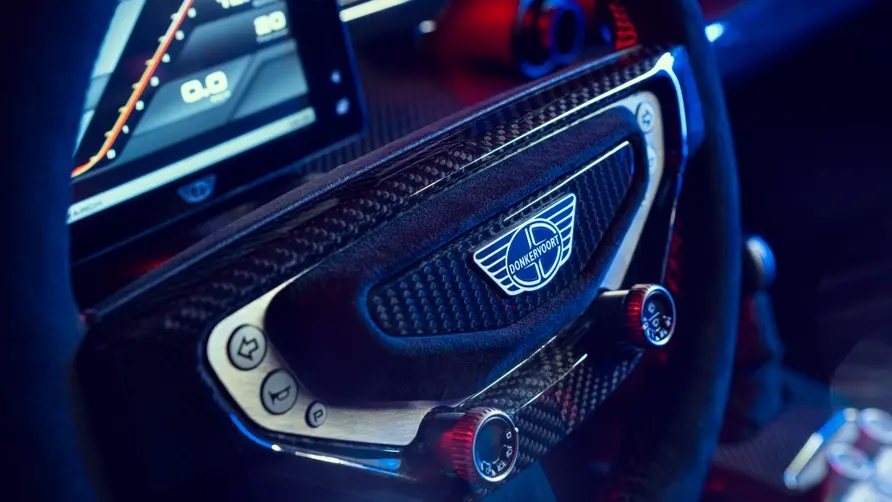
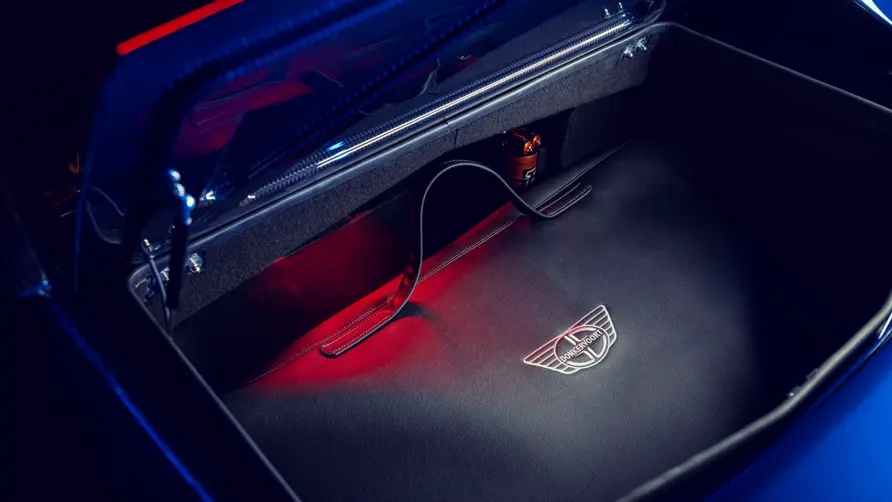
The engine’s bore and stroke remain as per Audi’s configuration, and it runs a 10.0:1 compression ratio for “a mountain of torque from very low in the rev range”. Amazingly, this iteration of the five-cylinder emits 28g/km of CO2 less than the same engine in the D8 GTO at just 163g/km.
And it’s flexible enough for Donkervoort to fit a five-speed manual gearbox, which the company says saves weight and allows for the engine to be mounted further rearward. It’s a short-throw gearbox, matched to a Torsen limited slip diff and multi-step traction control which might just be the hardest working member of the entire powertrain.
Because Donkervoort reckons the F22 will go from 0-62mph in just 2.5s, to 124mph in 7.5s, and hit a top speed of 180mph. There’s an AP Racing brake system onboard to curtail such extravagance: four-piston calipers bolted over steel discs that save 10kg “over the already featherweight system on the outgoing car”. Almost as if there’s a theme here.
Indeed, the exterior points to the theme for Donkervoort’s future product, too. Certainly a grasshopper-esque vibe but with additional menace over its predecessors. Good, basically, not least because it’s completely different to everything else. It’s been a design five years in the making apparently, with input from Ford of Europe’s design boss Amko Leenarts, too (he sits on Donkervoort’s advisory board, FYI).
It's longer than the D8, and the shape pays homage not only to Donkervoort’s older cars – important for its customers, apparently – but also to aero and track ability. The roof is a removable carbon-fibre item, the doors are opened via a butterfly arrangement, there’s space for two inside and an integrated iPad for the infotainment.
Naturally each car is hugely customisable, though barely available – the initial planned run of just 50 cars sold out after Donkervoort clients saw a sketch, so production has been upped to 75 cars, meaning there are just 25 remaining. Perhaps don’t… wait around if you fancy one.
TEXT Vijay Pattni






